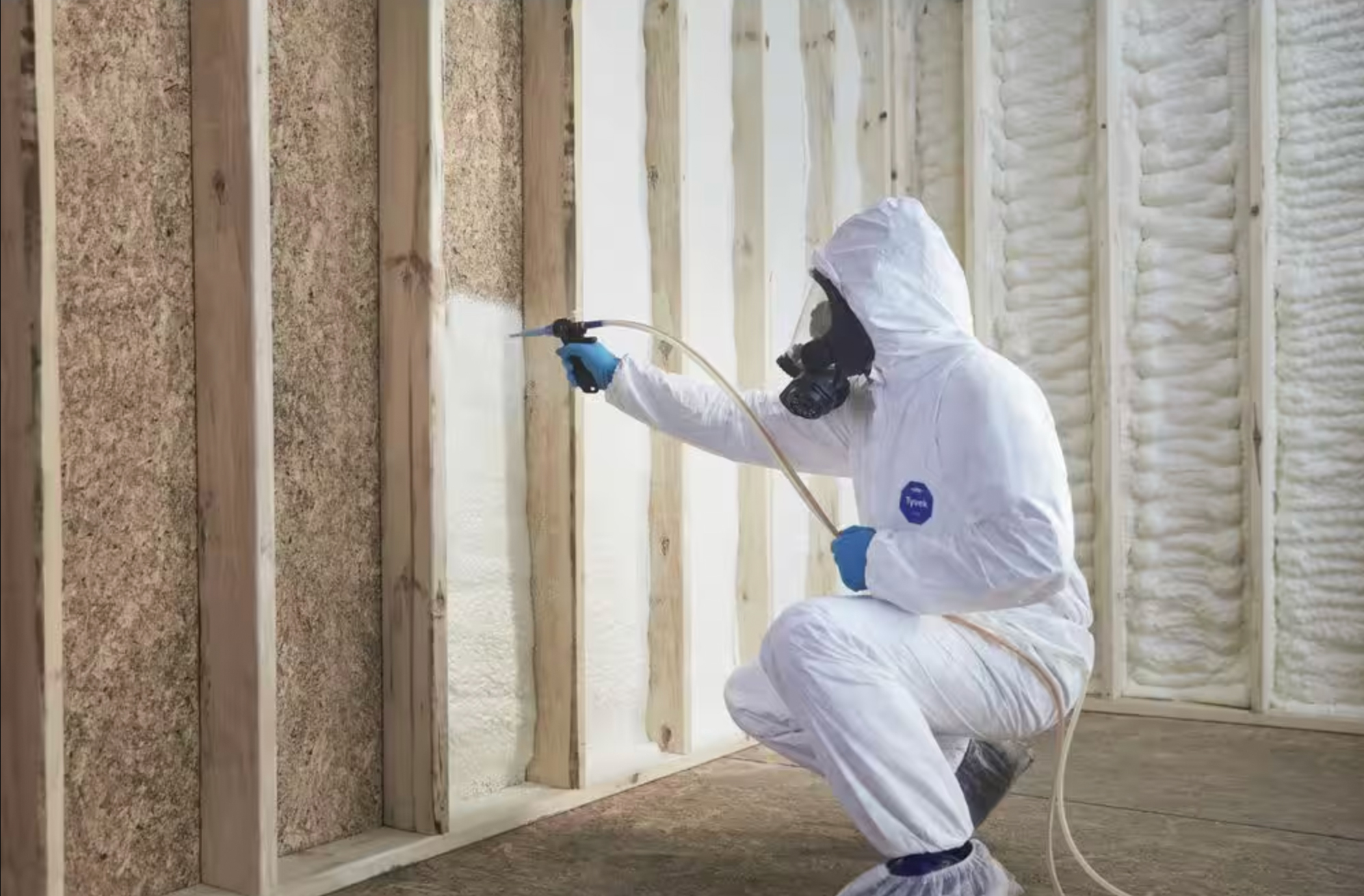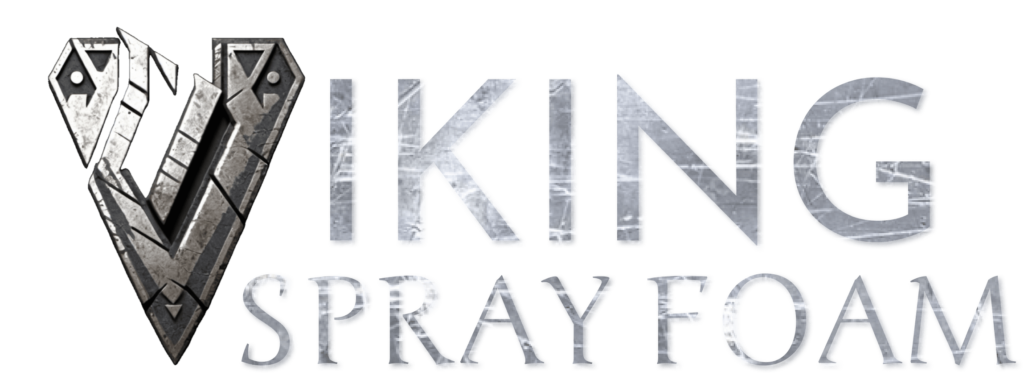Spray Foam vs. Fiberglass Insulation: Which Is Best?
If you’re staring at your attic, garage, or crawlspace right now and wondering, What the heck kind of insulation should I even use? — you’re not alone. Choosing between spray foam and fiberglass is like picking between boots and sneakers: both get the job done, but how, where, and why you use them makes all the difference.
I’ve worked on enough homes here in Tacoma to tell you: what sounds cheaper today could cost you a small fortune tomorrow if you get it wrong.
Fiberglass: The Old Reliable (But Not Always Perfect)
Fiberglass insulation is the stuff most people grew up with — fluffy pink batts jammed between the studs. It’s been around for decades because, frankly, it works.
It’s affordable, widely available, and easy to install, even as a weekend DIY project if you don’t mind getting itchy.
Fiberglass works by trapping pockets of air, slowing down the movement of heat. When it’s brand new and installed correctly, it can deliver decent R-values (thermal resistance) — somewhere around R-2.9 to R-3.8 per inch for batts, according to the Department of Energy.
But here’s the kicker: fiberglass loses a ton of effectiveness when compressed, improperly installed, or — and this is big in Tacoma — when it gets damp.
Once moisture sneaks in, fiberglass can sag, slump, and even turn into a nice little hotel for mold. I’ve pulled out insulation so gross I wouldn’t wish it on my worst enemy.
Spray Foam: The Heavy Hitter
Spray foam insulation feels like the Tesla of the insulation world. It’s slick, powerful, and a little intimidating if you’ve never dealt with it.
There’s open-cell (lighter, a bit spongier) and closed-cell (denser, vapor barrier tight), but both types expand into every crack, gap, and awkward corner — places fiberglass wouldn’t dream of touching.
The R-values are insane. Closed-cell spray foam clocks in at R-6.5 to R-7 per inch — almost double fiberglass — according to Energy Star.

It also acts as an air barrier and, depending on thickness, a moisture barrier too. Around Tacoma, where wet air is just part of daily life, that’s no small thing.
Honestly? After seeing how much drier, warmer, and quieter spray foam made my buddy’s drafty 1950s rambler last winter… I’m sold.
Cost and Practical Realities
Here’s the brutal truth:
Fiberglass is cheaper upfront. Way cheaper.
Spray foam costs more — sometimes two to three times more depending on the project size and complexity.
But — and it’s a big but — spray foam often pays itself off faster in energy savings, fewer repairs, and peace of mind.
Puget Sound Energy even offers incentives for high-performance insulation installs, check out their rebate programs here.
If you’re flipping a house? Fiberglass is fine.
If you’re building your forever home or sealing up that dream cabin in the woods? Go foam.
So…Which Should You Choose?
It really comes down to this:
👉 Are you chasing the lowest upfront cost? Fiberglass.
👉 Are you investing in long-term energy efficiency, comfort, and durability? Spray foam.
When I upgraded my attic with closed-cell foam last fall, yeah, it stung writing that first check. But man, when February hit and my heating bill was half what it used to be? Felt like I won the lottery.
Every house is different though. That’s why I always tell people: don’t just pick what’s trendy. Pick what your home needs. (And maybe what your future self will thank you for.)
In the battle of spray foam vs. fiberglass, it’s not about one being good and one being bad. It’s about understanding the trade-offs — your space, your budget, your climate. If you can line those up, you’ll pick right every time.
